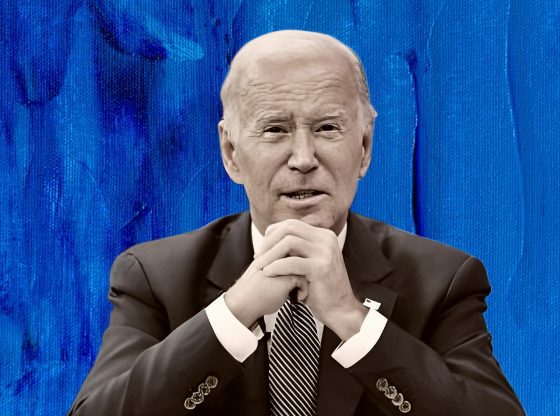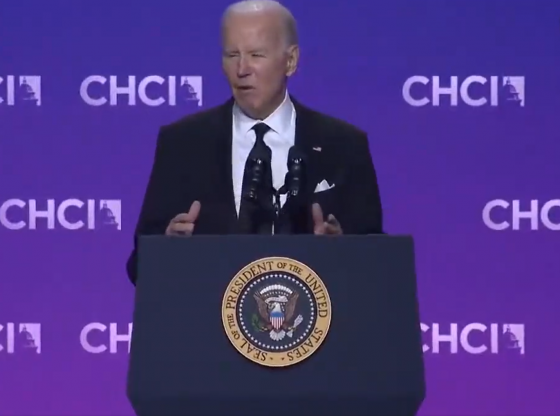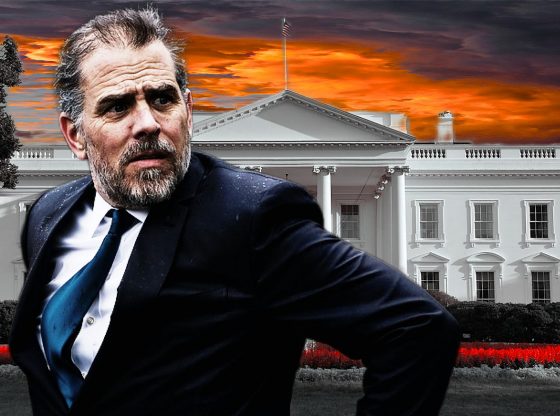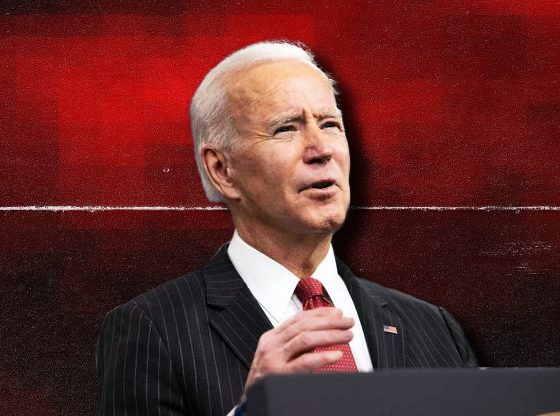President Biden’s administration has come under scrutiny for its record-breaking spending habits, which have surpassed those of any other U.S. president in history. Despite his claims of being a responsible steward of taxpayer dollars, his policies have resulted in almost $900 billion in additional debt in just two years. Examples of Biden’s excessive spending include the “Build Back Better Plan” and the nearly $80 billion aid package to Ukraine.
The administration’s record of spending has raised concerns about the long-term impact on the economy and the national debt. In addition, Biden’s decision to spend $400,000 to shoot down supposed “UFOs” with a $400 Sidewinder missile has also drawn criticism.
Bad Legislation:
Despite campaigning as a moderate deal-maker, Biden has now won over progressives with his readiness to spend money at the slightest provocation. Democrats typically believe that spending money cannot be excessive, as they often foot the bill (using taxpayers’ money, of course) for any absurd spending initiative.
The “American Jobs Plan,” one part of the “Build Back Better Plan,” was labeled as an “infrastructure bill.” However, this $2 trillion proposal spends less than half of the amount on infrastructure, with only 6% allocated to roads and bridges. The plan was heavily influenced by climate change objectives, as it sought to allocate more money to electric cars than to all of America’s roads and bridges combined. Other expenses included $400 billion for home-based care for the elderly and disabled, $35 billion for climate change-related research and development, $50 billion for “research infrastructure” at the National Science Foundation, $50 billion for a new Commerce Department office “dedicated to monitoring domestic industrial capacity,” and $213 billion for home sustainability and public housing.
Biden’s plan differs from the Green New Deal in several respects, particularly regarding the social concerns raised in Ocasio-Cortez and Markey’s proposal. While the Green New Deal advocates for universal employment and healthcare, these are not included in Biden’s plan. However, although Biden is not trying to sneak in far-left economic policies, he does support many of the same climate change policies as the Green New Deal. Like the Green New Deal, Biden’s goal is to achieve net-zero emissions of greenhouse gases by 2050, which involves significant spending but may not produce significant results.
Had Biden’s student loan forgiveness initiative been implemented, with forgiveness limited to under $10,000, it would have cost roughly $400 billion. However, under Biden’s administration, federal spending over the next decade is set to exceed $4 trillion, with almost $5 trillion added to the debt over the next decade, surpassing the amount spent to fight World War II.
The White House has justified this borrowing blowout by stating they inherited an economy in free fall, but the economy surged by over 20% in the second half of 2020 before Trump left office. Tax revenues have also hit all-time highs, but they haven’t kept pace with the fire hose of spending. Adding insult to injury, runaway inflation under Biden has forced the Federal Reserve Board to raise interest rates on the federal debt, which has already added another trillion dollars to the debt just to pay the interest on the debt already accrued by Biden.
Ukraine:
The Biden administration’s nearly $80 billion aid package to Ukraine in just one year dwarfs the impact of the “Build Back Better” plan and other ineffective legislative decisions that have failed to benefit the American people.
In a surprise visit to Kyiv, President Joe Biden pledged almost $500 million in extra military aid to Ukraine, in addition to the billions already spent by the US on Ukraine’s conflict with Russia. The Kiel Institute for the World Economy reports that the US has provided almost $80 billion in aid to Ukraine, with $46.6 billion of that being military aid, making it the largest recipient of such aid from any country.
Although the US has been dealing with economic difficulties resulting from the COVID-19 pandemic, such as an inflation rate that hit 10% at times in 2022, it continues to be Ukraine’s largest financial backer. This assistance is especially significant given the current record-high prices of essential commodities.
Using a $400,000 missile to shoot down a $12 balloon
According to Aviation Week, small pico balloons can usually be bought for a price range of $12 to $180 each. In contrast, the Biden administration spent an estimated $400,000 for one Sidewinder short-range air-to-air missile to shoot down supposed “UFOs” over Canada’s Yukon, over northern Alaska, and over Lake Huron.
Of course, the U.S. show down the balloons in an area where they’re unrecoverable, so after spending $400,000 to shoot them down, we still have yet to acquire any additional information on the aircraft.
President Biden’s record of spending taxpayer money during his time in office has been unprecedented. Despite his claim of being fiscally responsible, his administration has spent and borrowed more money than any other president in history, with almost $900 billion added to the federal credit in just two years. The “Build Back Better Plan” and the aid package to Ukraine are just two examples of the excessive spending that has taken place. It remains to be seen how this level of spending will impact the economy and the national debt in the long term, but it is clear that there are valid concerns about the sustainability of these policies.









